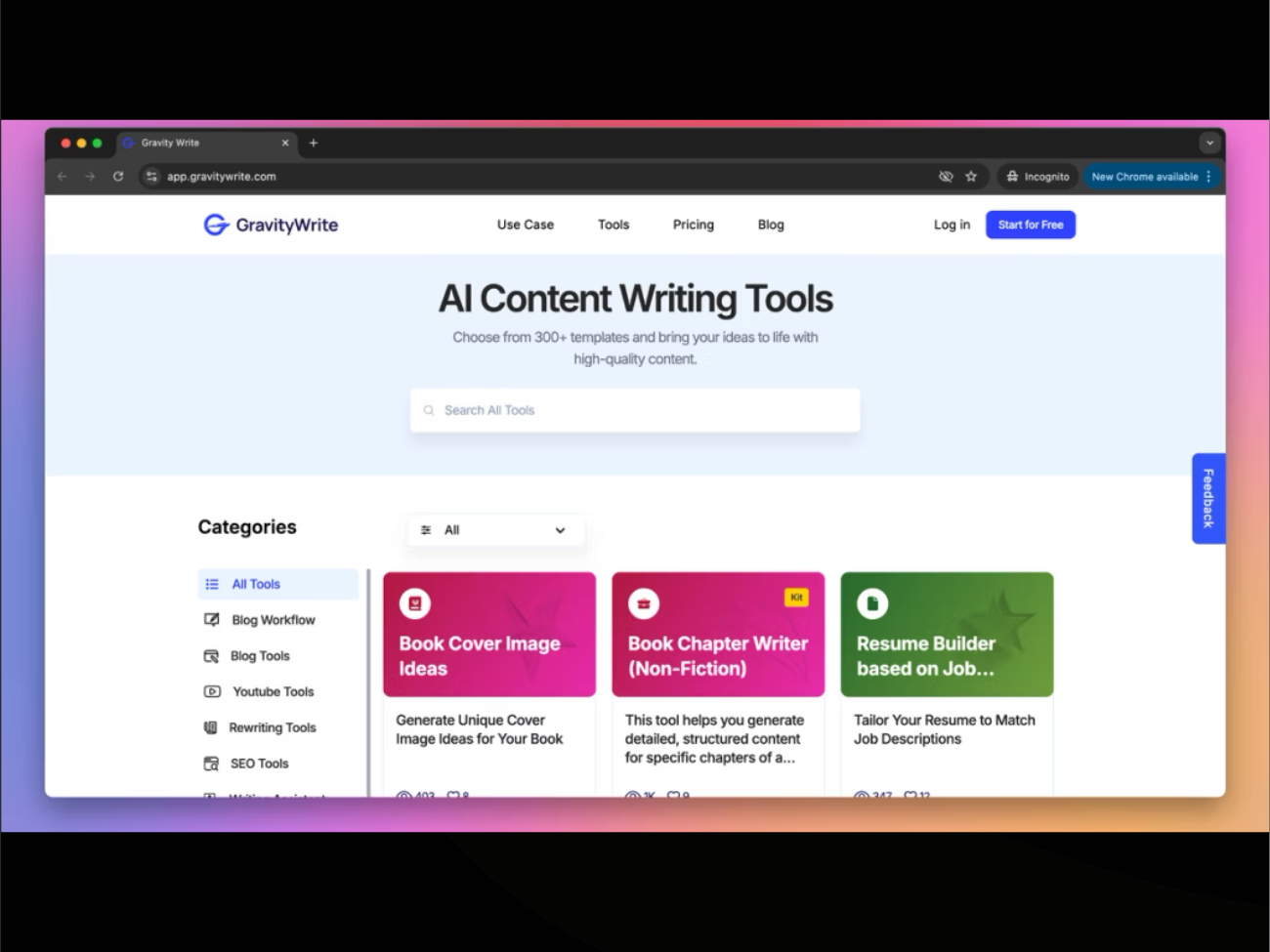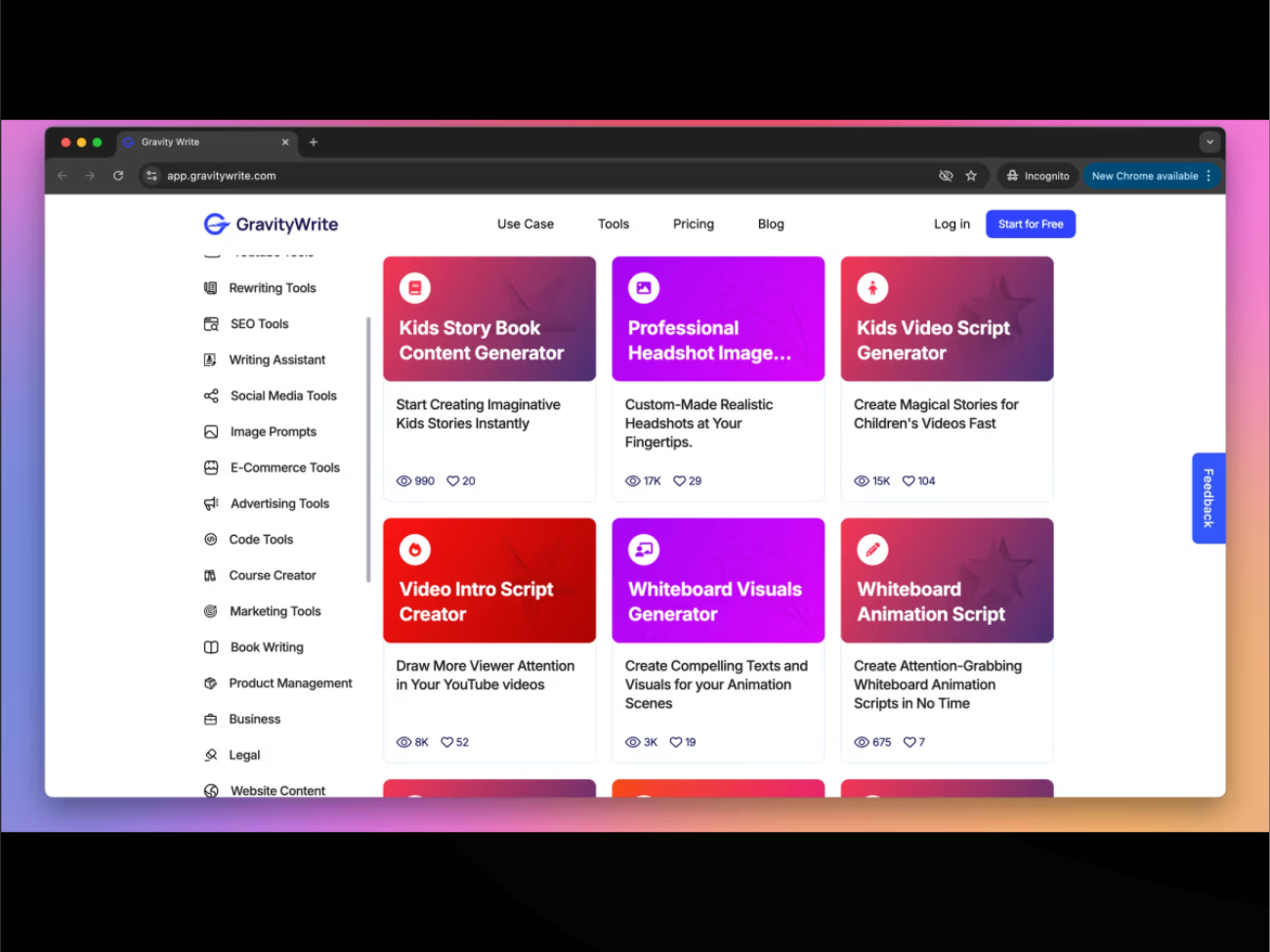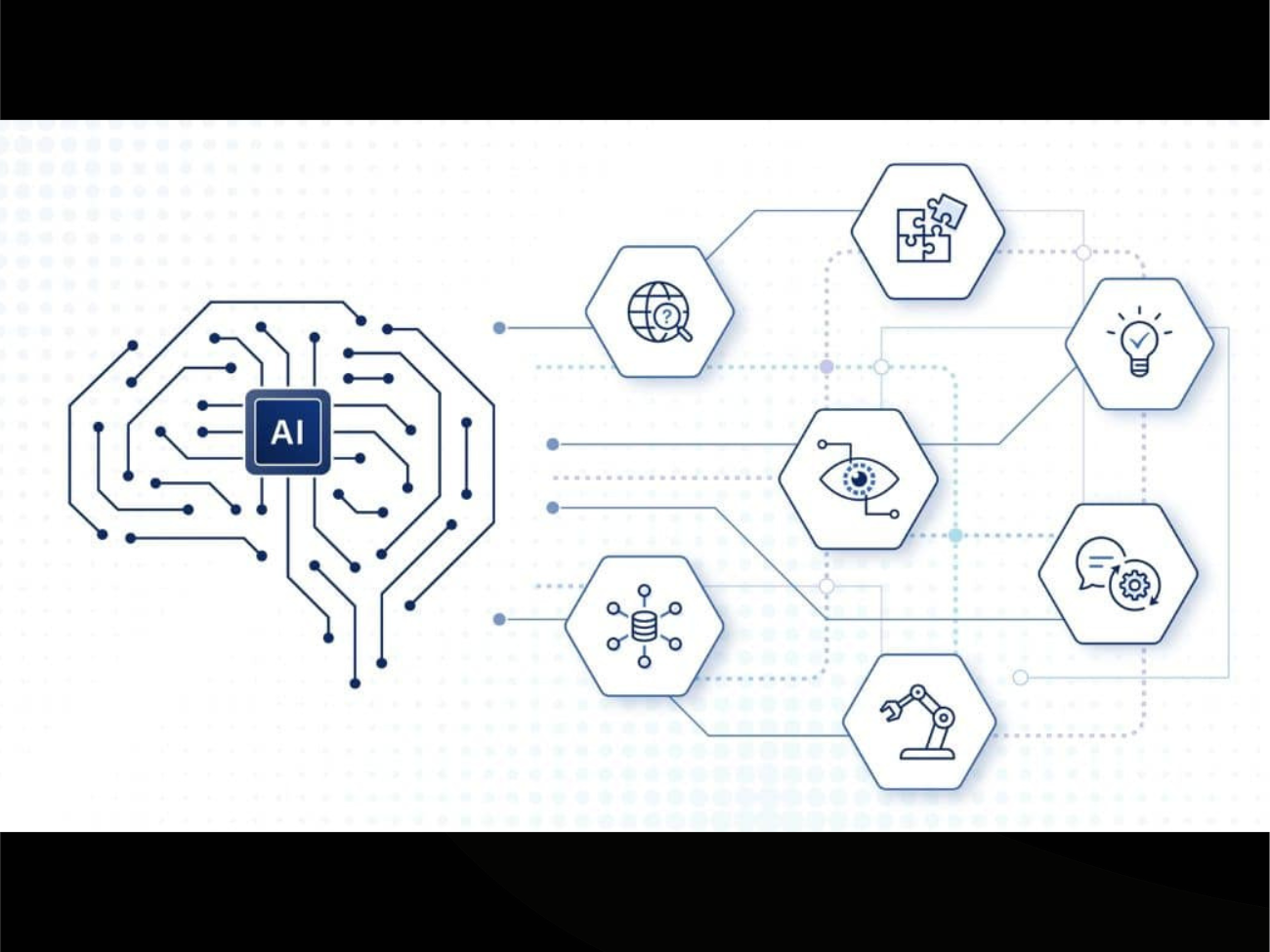Introduction
Artificial Intelligence is no longer just a buzzword — it has become the backbone of modern content creation. From speeding up blog writing to generating persuasive ad copy, AI tools are shaping the way marketers, developers, and freelancers work every single day.
Among the many AI writing assistants available today, GravityWrite is gaining attention for its credit-based pricing model, powerful AI outputs, and user-friendly design. In this comprehensive review, we’ll dive deep into what GravityWrite offers, how it compares to competitors, and whether it’s the right tool for your business in 2025.

👉 Curious already? Click here to try GravityWrite today.
Quick Verdict
GravityWrite is an all-in-one AI content generation platform that combines writing assistance, image generation, and multi-language support. It’s especially appealing to freelancers and small businesses due to its affordable credit-based model.
While it may not offer the enterprise-level integrations of Jasper or Writesonic, GravityWrite stands out with simplicity, value-for-money pricing, and ease of use.
What is GravityWrite?
GravityWrite is an AI-powered content creation tool designed to help users produce high-quality written content and visuals in minutes. Built with a Notion-like clean interface, GravityWrite is accessible to both beginners and seasoned content creators.
The platform provides over 80 writing templates, covering categories like blogs, ads, emails, product descriptions, and even storytelling.
Unlike many competitors that restrict features behind higher-tier subscriptions, GravityWrite operates on a credit-based pricing system. This gives users more control over costs and flexibility, making it an attractive option for freelancers, marketers, and small businesses who need occasional bursts of content without being tied to expensive monthly plans.
Who is GravityWrite For?
GravityWrite has a broad range of users, but it’s especially tailored to:
-
Marketers: From Google Ads to Facebook campaigns, marketers can generate compelling ad copy in seconds. The AI provides variations and A/B testing ideas that cut down on brainstorming time.
-
Freelancers: Freelancers who juggle multiple projects can rely on GravityWrite to quickly draft blogs, client emails, or social media content.
-
Developers: While not a coding assistant, GravityWrite is handy for developers who maintain documentation, write tutorials, or create technical blogs.
-
Businesses: SMEs and startups can leverage GravityWrite for newsletters, landing pages, or creative visuals without hiring full-time writers or designers.

👉 Rady to see if GravityWrite fits your workflow? Sign up here.
Key Features of GravityWrite
1. 80+ Writing Templates
GravityWrite offers over 80 customizable templates across multiple industries. Whether you need an SEO-optimized blog, a product description for e-commerce, or a YouTube video script, GravityWrite saves time and ensures content consistency.
2. Multi-Language Support
A standout feature is GravityWrite’s support for 50+ languages. This is a huge win for global teams and businesses looking to expand into new markets. Unlike tools that charge extra for multilingual features, GravityWrite includes this within its credit system.
3. Image Generation
Beyond text, GravityWrite integrates AI-powered image generation. This makes it a lightweight alternative to tools like MidJourney or Canva when you need quick visuals to accompany your copy.
4. Credit-Based Pricing
Instead of paying a flat monthly subscription, users buy credits that can be spent on both text and image generation. This system is ideal for light or seasonal users who don’t require unlimited output but still want premium-quality AI support.
5. Clean and Simple Interface
The Notion-like interface is minimalistic yet intuitive. Even users new to AI tools won’t face a steep learning curve. Templates are clearly categorized, and the workspace feels uncluttered compared to some competitors.
GravityWrite Pricing (2025)
One of the main reasons users choose GravityWrite is its flexible and affordable pricing. Here’s a breakdown:
-
Free Plan: Limited credits to test the platform. Good for first-time users exploring AI writing.
-
Starter Plan: Around $19/month with 2,000 credits.
-
Professional Plan: Around $49/month with 6,000 credits.
-
Business Plan: Custom pricing for teams requiring higher credit volumes.
Each piece of generated content (text or image) deducts credits. This transparency ensures you only pay for what you use.
Compared to Jasper’s $49/month starting plan with word limits, GravityWrite’s credits often stretch further for small to medium needs.

👉 See the latest pricing here: Check GravityWrite plans.
Pros of Credit-Based Model:
-
Flexible for seasonal or occasional users.
-
Cost control — no wasted words.
-
Easy scalability (just purchase more credits).
Cons of Credit-Based Model:
-
Heavy users may find credits restrictive.
-
Requires monitoring credit balance.
GravityWrite vs Competitors
Let’s see how GravityWrite stacks up against leading tools like Jasper and Writesonic:
| Feature | GravityWrite | Jasper | Writesonic |
|---|---|---|---|
| Pricing Model | Credit-based | Subscription | Subscription |
| Starting Price | ~$19/month | $49/month | $19/month |
| Templates | 80+ | 50+ | 70+ |
| Multi-Language | Yes (50+) | Limited | Yes (30+) |
| Image Generation | Yes | No | Yes |
| Interface | Notion-like | Professional | Modern UI |
| Target Audience | SMBs/Freelancers | Agencies/Enterprises | Marketers/SMBs |
Analysis: Jasper is enterprise-focused, offering more integrations with CRMs and marketing platforms. Writesonic is versatile but still subscription-based. GravityWrite’s strength is its affordability, simplicity, and credit system, which is perfect for freelancers and small businesses.
Use Cases: How Different Professionals Use GravityWrite
Marketers
Digital marketers benefit from ad copy generators and blog idea templates. For instance, launching a Facebook ad campaign usually requires multiple variations of copy. GravityWrite can generate 10 ad versions in under a minute, ready for A/B testing.
Freelancers
Freelancers often face tight deadlines. With GravityWrite, a freelancer can create blog outlines, draft email newsletters, or write SEO-friendly product descriptions for clients without spending hours.
Developers
While not a code assistant, developers writing tutorials or API documentation can save time by using templates for technical explanations, FAQs, and release notes.
Businesses
SMEs can use GravityWrite to maintain consistent content output across blogs, newsletters, and social media without hiring extra writers. The image generation feature also supports content teams that need quick visuals.
Pros and Cons
Pros:
-
Affordable pricing with flexible credit model.
-
Supports over 50 languages.
-
80+ templates for diverse needs.
-
Integrated AI image generation.
-
Clean, beginner-friendly interface.
Cons:
-
Credits may feel limiting for heavy users.
-
Fewer integrations than enterprise-level competitors.
-
Limited advanced editing compared to Jasper.
Real-World Experience
In practice, users report that GravityWrite delivers concise, natural-sounding outputs. Blog outlines are well-structured, ad copy feels persuasive, and social media captions come out catchy.
While occasional edits are needed, the AI drastically reduces drafting time. The platform shines for users who value speed and simplicity over complex integrations.
Unlike Jasper, which requires onboarding for teams, GravityWrite lets you start creating immediately. The credit model also reassures users who dislike paying for unused subscriptions.
👉 Experience GravityWrite for yourself: Get started here.
FAQs about GravityWrite
1. Is GravityWrite free?
Yes, GravityWrite offers a free plan with limited credits, ideal for testing the platform.
2. Does GravityWrite support multiple languages?
Yes, it supports 50+ languages for both text and image generation.
3. How does the credit system work?
Each AI-generated output (text or image) consumes credits. You can purchase more credits depending on your needs.
4. Is GravityWrite better than Jasper or Writesonic?
It depends on your needs. Jasper is more suited for large enterprises, while GravityWrite is budget-friendly and flexible for freelancers and SMBs.
5. Does GravityWrite integrate with WordPress or Google Docs?
Currently, GravityWrite focuses on content generation within its platform. Export options are available, but direct integrations are limited.
6. Can GravityWrite generate visuals?
Yes, the built-in AI image generator produces quick visuals that complement your written content.

Final Verdict: Should You Use GravityWrite in 2025?
If you’re a freelancer, marketer, or small business owner who needs affordable, flexible AI writing and visuals, GravityWrite is a solid choice. Its clean interface, multi-language support, and wide range of templates make it an excellent entry point into AI-driven content creation.
While enterprise users may prefer Jasper or Writesonic for integrations, GravityWrite offers tremendous value for money with its credit-based pricing and all-in-one solution.
Our Rating: 4.6/5
👉 Ready to transform your content workflow? Join GravityWrite today.
Our Rating: 4.6/5 ⭐⭐⭐⭐⭐

